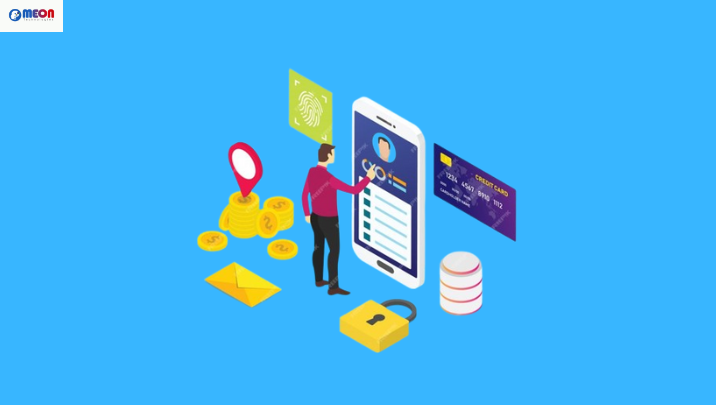Aadhaar eKYC: Streamlining Client Onboarding In Digital Age

Strong 8k brings an ultra-HD IPTV experience to your living room and your pocket.
In today’s fast-paced, digitally connected world, businesses are always on the lookout for efficient and secure ways to onboard new clients. One such revolutionary tool is Aadhaar eKYC (Electronic Know Your Customer), the process leverages the Aadhaar system to simplify and speed up client identification. So that businesses can offer faster and more efficient services to their clients.
Here in this article, we will explore how Aadhaar eKYC is transforming the client onboarding process. So that it makes it faster, more secure, and more convenient.
What is Aadhaar eKYC?
Aadhaar-based eKYC stands for “Electronic Know Your Customer,” a digital process. It uses the Aadhaar database to verify an individual’s identity. Aadhaar, a unique identification number issued by the Government of India. It is linked to an individual’s biometrics (fingerprints, retina scan) and demographic data (name, address, date of birth, etc.) KYC Online Verification allows businesses to access this data electronically with the consent of the individual. So that businesses can quickly and accurately verify the identity of an individual.
Use Cases of Aadhaar eKYC
Aadhaar KYC is used in various industries and sectors so that it can make the client onboarding process more efficient across the board. Here are some key areas where you can commonly implement Aadhaar eKYC:
Banking and Financial Services
Banks and financial institutions use eKYC Online to open new accounts, offer loans, or provide investment services. The process ensures that clients are accurately verified so that it can reduce the chances of fraud and improve the overall customer experience.
Telecommunications
Telecom companies also use Aadhaar eKYC for activating new SIM cards. By verifying a customer’s identity digitally, telecom companies can speed up the process and ensure that the data entered is accurate and authentic.
Insurance
Nowadays, insurance companies use Aadhaar KYC to verify the identity of policyholders and process claims. By using Aadhaar for KYC, insurers reduce paperwork and administrative time. So that you can make it easier to offer services to clients quickly. With eKYC Online, insurers can eliminate the need for physical verification.
E-commerce
E-commerce platforms are increasingly using Aadhaar KYC to ensure the identity of sellers and buyers, thereby improving trust in online transactions. KYC Online Verification also allows businesses to verify the identities of sellers before they can list their products
Government Services
Various government services and welfare schemes have adopted Aadhaar eKYC for smoother delivery of benefits to citizens. Whether it is disbursing subsidies or ensuring the correct distribution of government benefits, Aadhaar-based eKYC ensures the right person gets the right service. So that more citizens can avail the benefits of welfare services.
Challenges and Concerns
While Aadhaar eKYC has revolutionized client onboarding, we still need to address some concerns:
It is a challenge to ensure that Aadhaar details are used only with the consent of the individual.
In rural areas, many people may not have enrolled in the Aadhaar system, so not everyone has an Aadhaar number. Online KYC can create challenges for businesses when trying to onboard clients from these regions.
Like any digital system, Aadhaar KYC is dependent on the availability of technology and internet connectivity. In areas with poor connectivity, clients may face difficulties in completing the process.
Conclusion
In conclusion, we can say that Aadhaar eKYC has emerged as a game-changer in client onboarding, offering speed, convenience, and security. By streamlining the process, it has made it easier for businesses to verify customer identities and provide faster services. While challenges related to privacy, data security, and accessibility remain, Online KYC continues to evolve and shape the future of digital client onboarding. I hope you will find this article informative and helpful.
Note: IndiBlogHub features both user-submitted and editorial content. We do not verify third-party contributions. Read our Disclaimer and Privacy Policyfor details.


